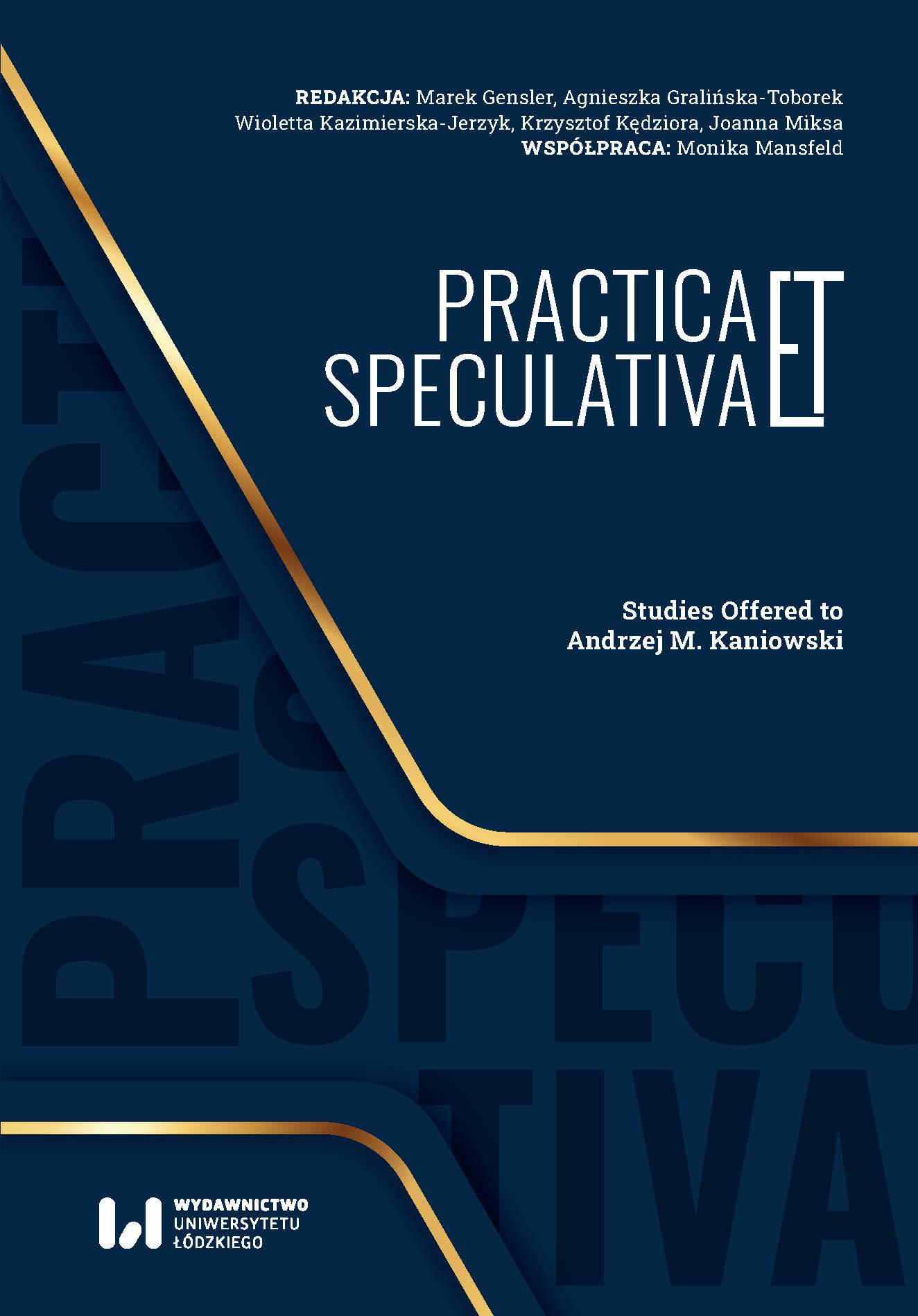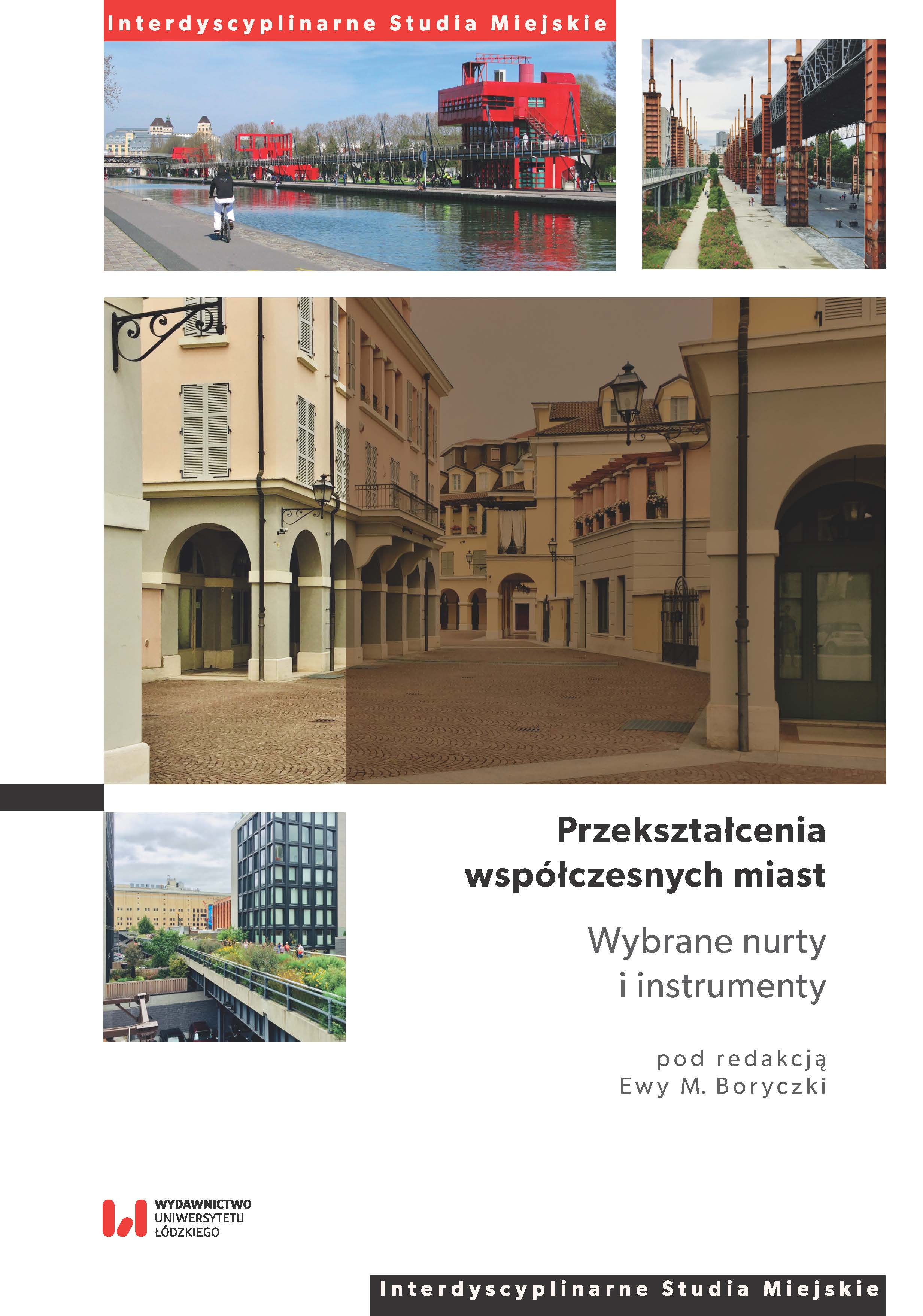O źródłach historyczno-prawnych do dziejów guberni zachodnich Cesarstwa Rosyjskiego (do 1840 r.) – rzut oka z perspektywy habet i debet edytorstwa
Author(s): Sławomir Godek / Language(s): Polish
/ Publication Year: 0
Keywords: Polish-Lithuanian law; sources; Russian law; partitions of Poland; publications of sources of law
After the partitions of Poland, the Statute of Lithuania (1588) remained the basic source of law in the territories incorporated into Russia. The statute, albeit with the provisions on the state system and criminal law removed, retained quite far-reaching application in the field of civil law until its eventual repeal (1840). In addition to the statute, the Sejm constitutions, the resolutions of the Permanent Council and customary law remained in force. Yet Russian legislation began to influence Polish-Lithuanian law and slowly transformed it. To research this phenomenon, it is important to analyse the ukases issued for the“Polish governorates”. The printed sources include numerous materials of this kind. However, it would be desirable to pay more attention to lower-order acts, which are close to the practice of governing. It would be necessary to find and publish regulations and instructions of the High Courts and the ukases of the provincial governments (and even extracts from the minutes of their sessions). As a prelude to these activities, ukases, governors’ ordinances, resolutions, orders and instructions published in the governorate journals could be reprinted. From Kurier Litewski [The Lithuanian Courier], one could draw Polish translations of the Tsar’s and the Senate’s ukases, manifestos, governor’s decrees, notices of tax chambers, ministers’ recommendations, announcements of governorate marshals and courts. It could be useful to issue in print manuscript legal compendiums, which illustrate the practical application of the provisions of the statute, and other sources – both domestic and Russian. The Western Code, published in print a long time ago, as well as the codification project for the Belostok (Białystok) Oblast from 1811, issued a few years ago, offer great potential for research on the law of the “Polish governorates”. A digitalization of selected court records would also be very useful.
More...

















